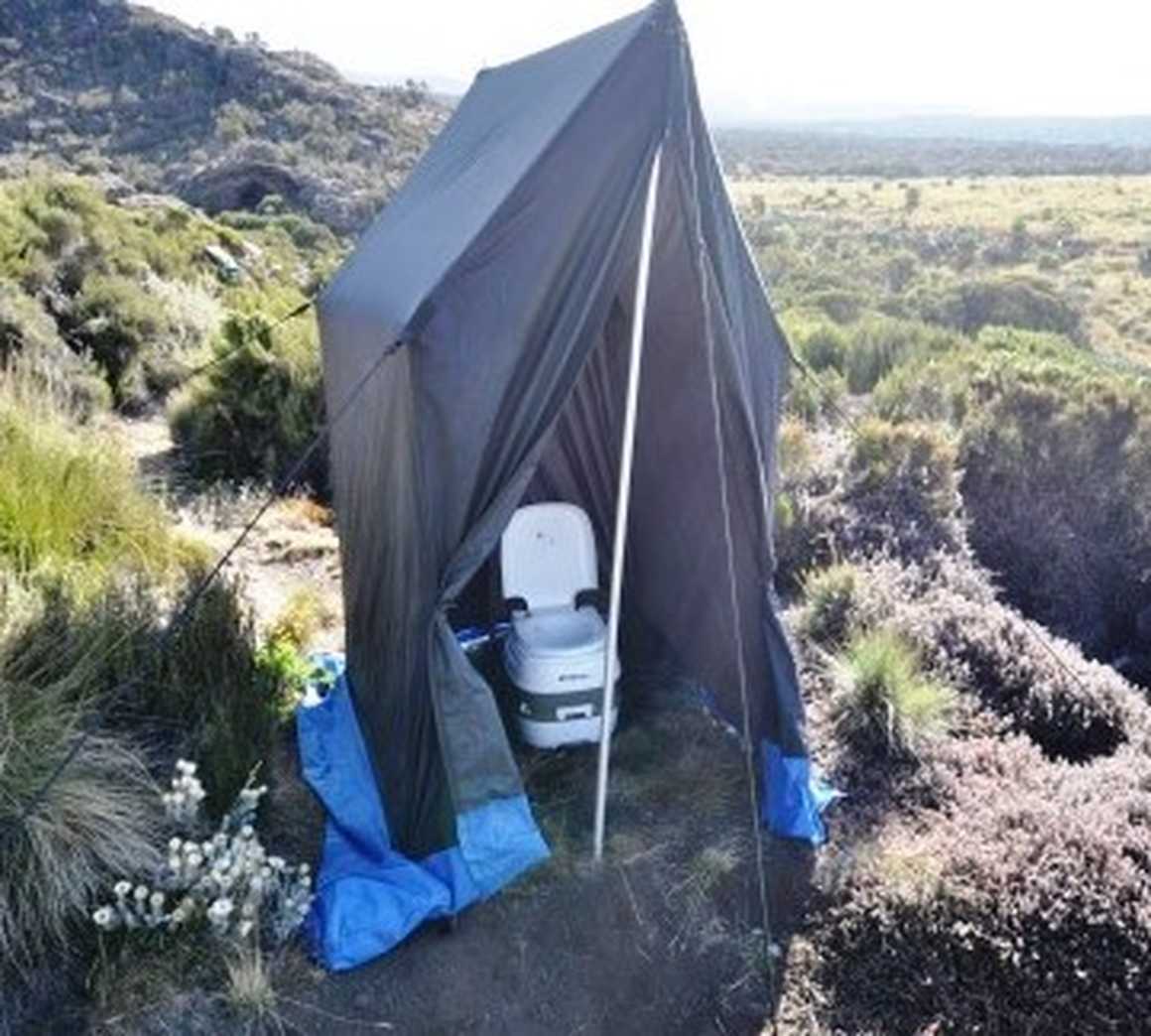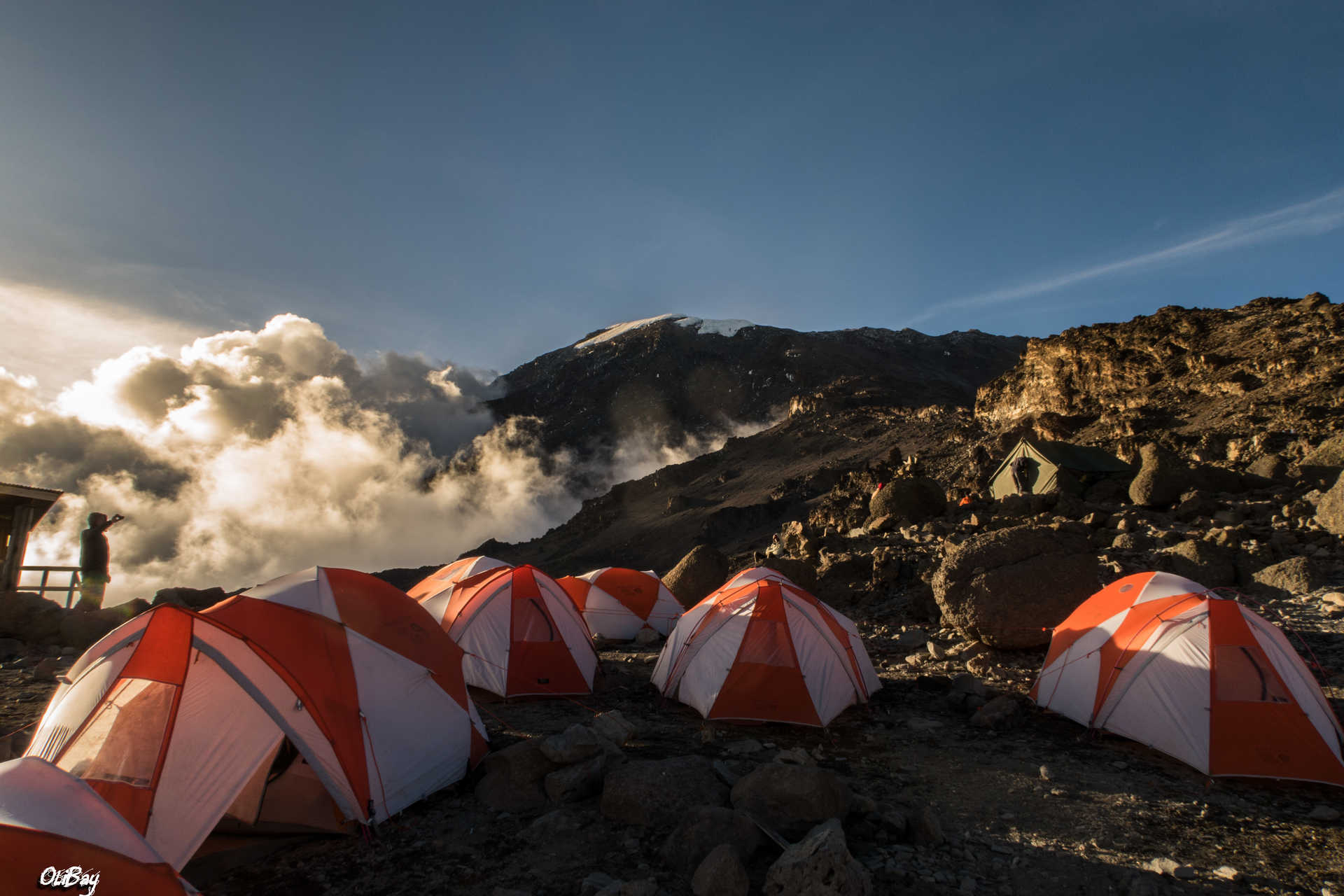What to Expect from Toilets on Kilimanjaro
The call of
nature is a fact of life. Yet, it’s one of those subjects that we’re often too
shy, self-conscious, or squeamish to talk openly about.
It goes
without saying that the time will come when you will need to use the toilets on
Kilimanjaro. It’s inevitable. But don’t worry, we’re here to clear up
everything you need to know about the toilets on Kilimanjaro to put your mind
at rest. With over 15 years of experience helping more than 12,000 people reach
the summit of Kilimanjaro, we are experts on all things Kilimanjaro … including the
toilets.
In most
situations, a decent loo is never too far whether at home, at work, or out and about.
This is a different story when it comes to climbing Kilimanjaro and public
conveniences are nothing more than a fond memory on the journey to the summit. Climbing
Kilimanjaro is a bonding experience and suddenly, once you’re on the trail, you
will find that everyone is a lot more open about ‘toilet talk’.
In this guide
we will talk you through the Kilimanjaro toilets options and what to do if you
need to go the toilet between camps on Kilimanjaro to hopefully answer any
questions you may have before embarking on your trip of a lifetime.
You can also
read about how to take care of yourself on Kilimanjaro and our beginners
guide to Kilimanjaro.

Toilets on Kilimanjaro: Options
Public Toilets
These types
of loos are commonly referred to as ‘long drop toilets’. But what is a long
drop toilet exactly? How does a long drop toilet work, you ask? A long drop
toilet is a type of non-flush toilet that collects waste underground. They can
work with or without flowing water. This low-cost type of toilet helps decrease
the spread of infectious diseases and the transfer of pathogens from flies.
While
Kilimanjaro National Park staff do their best to keep all public Kilimanjaro
toilets clean, almost everyone on the mountain uses them so it’s sometimes a
challenge keeping on top of it.
Here is a hilarious video of one our clients talking about the long drops on Kilimanjaro.
Private Portable Toilets
The second
option is the ‘private portable toilet’. This amounts to a proper chemical camping
toilet (with a seat, no less) that is contained within its own discreet tent
for total privacy. A private portable toilet is for the exclusive use of you
and your group only. As with the shacks, though, it is only set up and
available in camp.
The trek’s
porters are responsible for cleaning, maintaining and transporting the portable
toilets between camps, so at least you have the assurance that your ‘comfort
breaks’ will be sanitary and conducted in privacy.
A lot of
Kilimanjaro trek operators will levy an additional charge of anything from
$100-$200 for the privilege of being able to use portable camp toilets. You’d
need to spend a hell of a lot of pennies to break even. That’s not the case
with Kandoo Adventures; the use of a private portable camping toilet is
included as standard with every one of our climbs because we look after the
needs of our trekkers and don’t cut corners.

Going to the Toilet Between Camps on Kilimanjaro
Getting
‘caught short’; it happens to all of us. Ignoring the urge and attempting to
‘hold it in’ for hours on end is inadvisable and can actually be dangerous. However,
wetting/soiling yourself is not a great solution either.
Now, if you
simply need a pee the solution is to swallow your pride and disappear behind
the nearest tree or bush for a couple of minutes. To avoid consternation or embarrassment,
you might want to let your guide know. Things get trickier above the tree line.
You might get lucky and find a sizeable shrub but failing that you’re not
usually far from a suitable boulder or rock formation.
The best
solution, though, is to carry some sort of suitable container with you that can
be emptied appropriately when you reach the next camp. You can actually buy
dedicated gear for this – check out Shewee (for the ladies) and Peebol (for
both) on Amazon. There are ‘personal toilet’ kits designed for use at festivals
that are just as suitable for taking on a Kilimanjaro trek. The upshot is that
a pee bottle or container of some sort will prove absolutely invaluable both on the
trail and when you’ve got to go in the middle of night but haven’t the will to
stagger out to the camp’s public toilets or private portable camp toilets.
Ok, so what
if you need a ‘number two’ when you’re on the trail? It probably goes without
saying but try to do any business in the portable toilets or long drop toilets
in the morning before departing camp. That said, you won’t always be able to
control when the need arises and if it does, you’ll have to find somewhere
secluded to do the deed.
Leaving your
waste behind is both unnecessary and unforgivable. So, make sure that you pack
some disposable plastic bags in your day pack that can be used for collecting
waste. Make sure to dispose of this at your next camp stop. Also it’s a good
idea to carry a roll of loo paper, some hygienic wet wipes and hand sanitiser for cleaning up
with.
In brief
then, do what you need to do, clean and tidy yourself up, and put everything
into a plastic bag (maybe double-bag to be on the safe side), tie it up
securely and dispose of it at the next camp stop. There. That wasn’t so bad,
was it?
A Final Thought on Kilimanjaro Toilets
So, that
brings us to the end of our guide to the toilets on Kilimanjaro and we hope to
have put you at ease a little. As a final point, we feel the need to reiterate
that it is a moral obligation to leave nothing behind. We expect all our group
to clean up after themselves and dispose of all personal waste responsibly, especially
wet wipes as these are non-biodegradable. You do not want to be the person who
is becomes known for littering Kilimanjaro.
Going to the
loo might not be the most glamorous pastime, but believe us, when you’re
answering the call of nature in the magnificent surroundings of Mount
Kilimanjaro, it’s all part of the once in a lifetime experience so embrace it!










